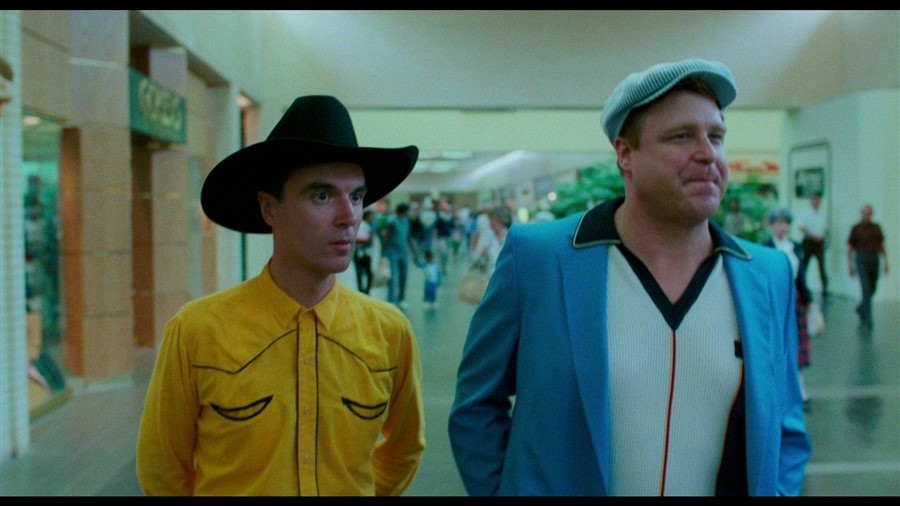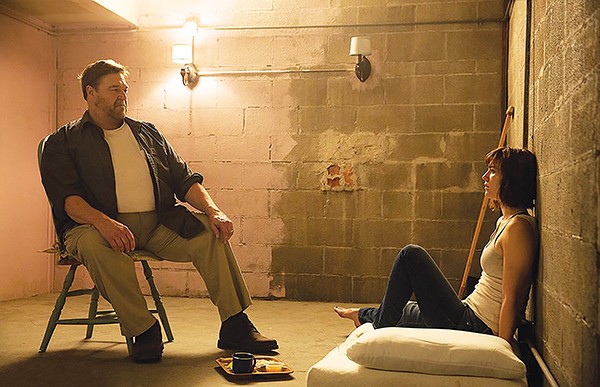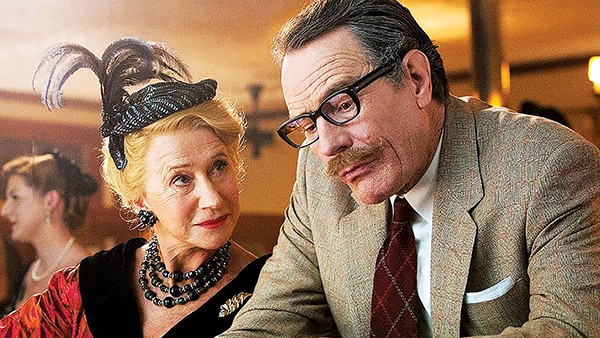I’m just gonna go ahead and say it: Kong: Skull Island is a bad movie.
That doesn’t really tell you much, because movies can be bad for many different reasons. Unlike the cynical cash grab of Independence Day: Resurgence, I got the impression that director Jordan Vogt-Roberts was attempting to make an enjoyable film. So rather than just lambasting everyone involved, I’ve decided to use this as a teachable moment. Here are five lessons to take home from Skull Island.
1. There’s a difference between a screenplay and a list of things that would be cool to put in a movie. Granted, a screenplay is, on some level, a list of things that would be cool to put in a movie. But a good screenplay must put the cool things in the correct order, something that does not seem to have been a priority here. Effect should follow cause, and then each effect should become a cause for another effect, and so on. Emotions should ebb and flow, and the screenplay’s job is to map out those beats. A lot of stuff happens on Skull Island, but none of it makes much sense, so there’s no emotional movement. It’s 1973, and as the Vietnam War winds down and Nixon’s grip on power is failing, Bill Randa (John Goodman), director of a shadowy group called Monarch, is eager to get to Skull Island. He sees his chance in the chaos (“There will never be a more screwed-up time in Washington,” he says in the film’s only real laugh line.) to piggyback on an expedition to the South Pacific mounted by Landsat. Which brings us to …
2. Suspension of disbelief is a gift from the audience. Don’t abuse it. King Kong is a giant monster, but monsters don’t really exist. (Insert your own Trump joke here.) People going to see a King Kong movie know this, but they are willing to accept the existence of cryptids for a couple of hours in exchange for some entertainment. But just because they’ve accepted one impossible thing doesn’t imply permission to just throw a bunch of other unbelievable stuff at them without some background work. Take the Landsat expedition, for example. Why are a bunch of space scientists humping it halfway across the planet to look at an island? Why introduce them at all when you’ve got a perfectly serviceable secret government agency to mount the expedition — led by national treasure John Goodman, no less! Which leads to …
3. Good casting will not save you. Kong: Skull Island has a great cast. There’s Goodman, 2015’s Best Actress winner Brie Larson as a photographer, the legendary Samuel L. Jackson as an Air Cavalry officer who is none too thrilled about losing ‘Nam, comedic genius John C. Reilly as a World War II aviator whose been stuck on the island for 28 years, and Loki himself, Tom Hiddleston, looking buff as a jungle guide. Dozens of people of questionable utility tag along on the expedition to deliver a couple of quips before being eaten by Skull Island’s spectacular collection of megafauna. Not that you’ll care about any of them, because they’re not characters, just loose assemblies of traits pulled out of a hat marked “Hollywood cliches.” Even the marquee star, King Kong, lacks depth, having somehow overcome his two greatest weaknesses — pretty girls and military aircraft.
4. Movie references are harder than they look. Quentin Tarantino has made an entire career out of stringing together borrowed scenes from other movies, so why not Kong? But here’s the thing: QT isn’t just throwing stuff in there to look cool (see #1). He knows the emotional beats he wants to hit and chooses a scene to reference that evokes the desired emotions. Thus, his references work on two levels at once. Kong: Skull Island throws out references left and right, most notably to Apocalypse Now. But director Vogt-Roberts does not seem to understand that. For example, the scene where Robert Duvall’s air cav cowboys attack a village to the tune of “Ride of the Valkyries” is meant to evoke horror at kids with guns treating battle as a lark. Nor does he understand that when Kubrick used the song “We’ll Meet Again” over images of detonating atomic bombs at the end of Dr. Strangelove, it was the blackest irony — nobody is meeting anybody again, because we’re all dead in a nuclear holocaust. When Vogt-Roberts uses the song as our surviving heroes ride to safety, the movie’s not even over yet.
5. It’s probably not the director’s fault. According to Hollywood Reporter, Kong: Skull Island will have to make $500 million just to break even. With half a billion bucks on the line, why did Warner Bros. choose an unprepared director whose only credits are a cheap Sundance comedy and Nick Offerman’s stand-up concert? Was it because he had a unique vision? No. It’s because he’s a rookie with no power whom the producers know they can steamroll, and he’ll make a good scapegoat if and when the whole thing blows up in a giant ball of red flame. I suspect Vogt-Roberts is about to learn that lesson.



